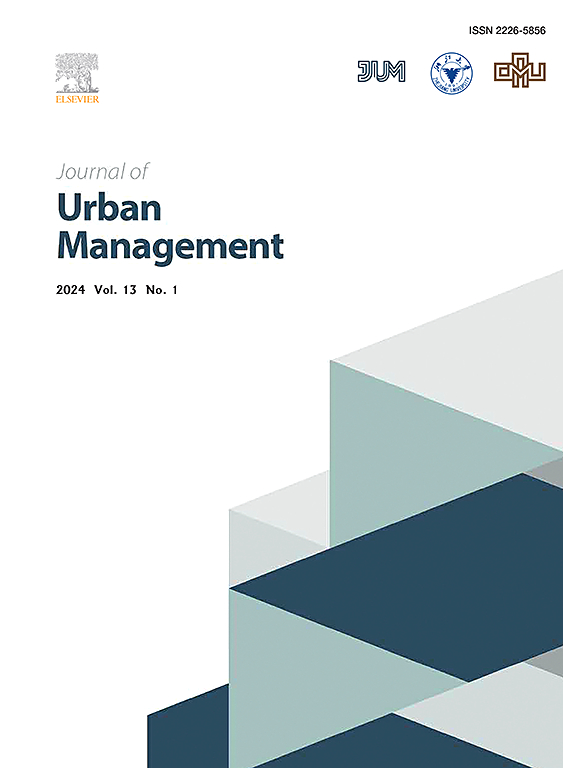Evolution logic of urban spatial growth governance and its enlightenment in China: From a perspective of spatial governance
IF 5
2区 社会学
Q1 URBAN STUDIES
引用次数: 0
Abstract
As the governance modernization and new-type urbanization deepens, China's urbanization process is gradually entering the "second half". Understanding the policy practices and transformation logic of China's urban spatial growth in a systematic perspective is significant in clarifying the enhancement path of future urban spatial growth governance. This study, based on the perspective of spatial governance, focuses on the basic elements of urban spatial growth governance such as goals, actors, methods, and objects. It comprehensively examines the evolution of China's urban spatial growth governance since the reform and opening-up, and analyzes the underlying logic of the transformation. The study finds that the governance of urban spatial growth in China has gone through four main stages, with the multidimensional shifts in governance goals, subject relations, governance methods, and spatial objects behind each stage constituting the basic storyline of governance evolution, influenced by a combination of macro environment, system reforms, spatial issues, and technological changes. In the future, clarifying the governance concepts of urban spatial growth in the new stage, shaping interactive and collaborative subject relations, improving institutional systems and innovative technological tools, and designing differentiated governance strategies based on the characteristics of spatial objects will become important directions for enhancing China's urban spatial governance capacity and even spatial governance modernization.
中国城市空间增长治理的演化逻辑及其启示——基于空间治理的视角
随着治理现代化和新型城镇化的深入,中国城镇化进程正逐步进入“下半场”。从系统的角度理解中国城市空间增长的政策实践和转型逻辑,对于厘清未来城市空间增长治理的提升路径具有重要意义。本文基于空间治理的视角,探讨了城市空间增长治理的目标、行为主体、方法和对象等基本要素。全面考察了改革开放以来中国城市空间增长治理的演变,并分析了转型的内在逻辑。研究发现,中国城市空间增长治理经历了四个主要阶段,每个阶段背后的治理目标、主体关系、治理方式和空间客体的多维转变构成了治理演变的基本脉络,受到宏观环境、体制改革、空间问题和技术变革的综合影响。未来,厘清新阶段城市空间增长的治理理念,塑造互动协作的主体关系,完善制度体系和创新技术工具,设计基于空间客体特征的差别化治理策略,将成为提升中国城市空间治理能力乃至空间治理现代化的重要方向。
本文章由计算机程序翻译,如有差异,请以英文原文为准。
求助全文
约1分钟内获得全文
求助全文
来源期刊

Journal of Urban Management
URBAN STUDIES-
CiteScore
9.50
自引率
4.90%
发文量
45
审稿时长
65 days
期刊介绍:
Journal of Urban Management (JUM) is the Official Journal of Zhejiang University and the Chinese Association of Urban Management, an international, peer-reviewed open access journal covering planning, administering, regulating, and governing urban complexity.
JUM has its two-fold aims set to integrate the studies across fields in urban planning and management, as well as to provide a more holistic perspective on problem solving.
1) Explore innovative management skills for taming thorny problems that arise with global urbanization
2) Provide a platform to deal with urban affairs whose solutions must be looked at from an interdisciplinary perspective.
 求助内容:
求助内容: 应助结果提醒方式:
应助结果提醒方式:


